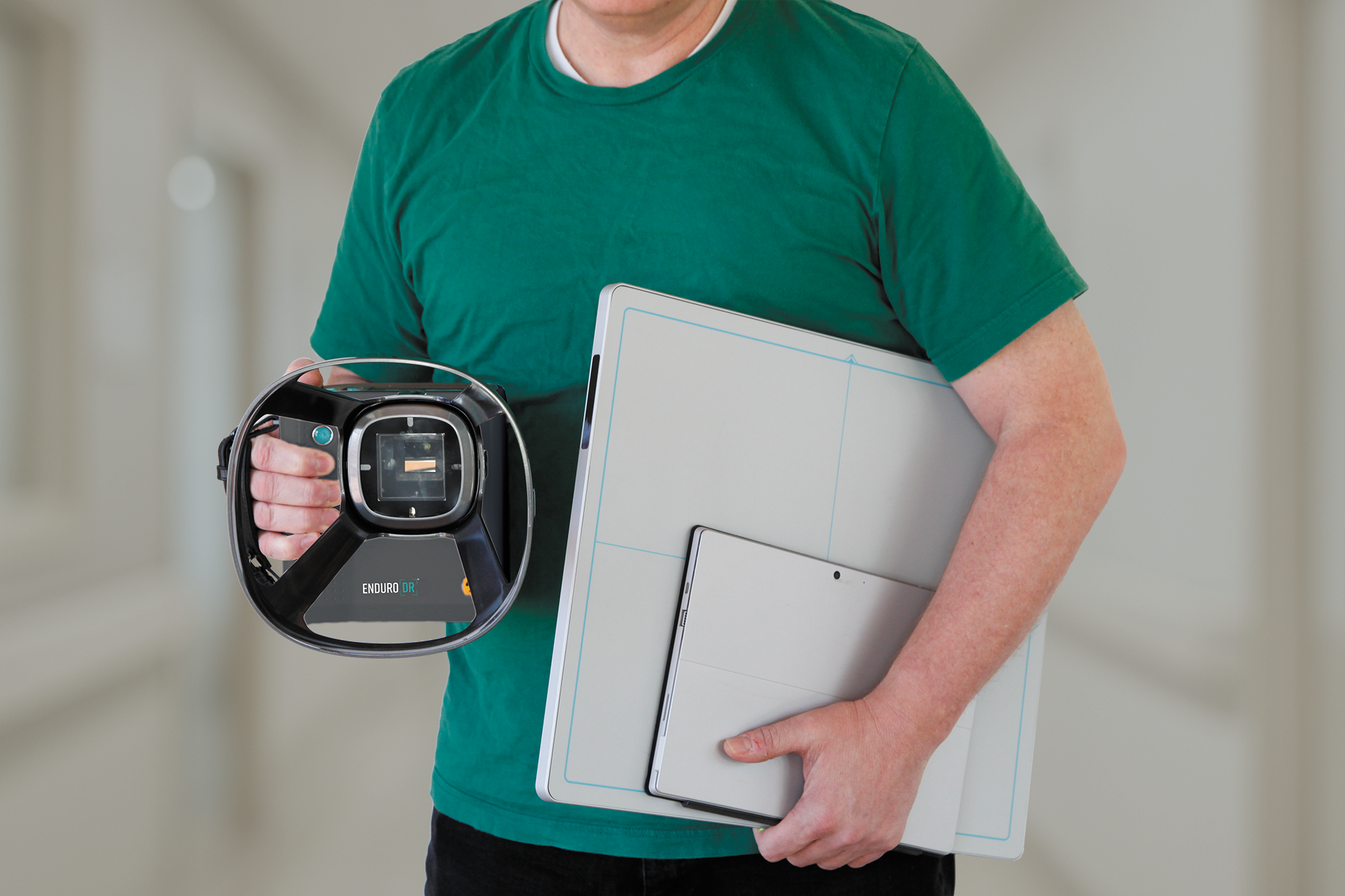
The Economics of Portable X-Ray: Lowering Cost, Improving Access
How Mobile Digital Radiography Is Transforming Healthcare Efficiency & ROI Modern healthcare is under increasing pressure to deliver faster diagnostics,
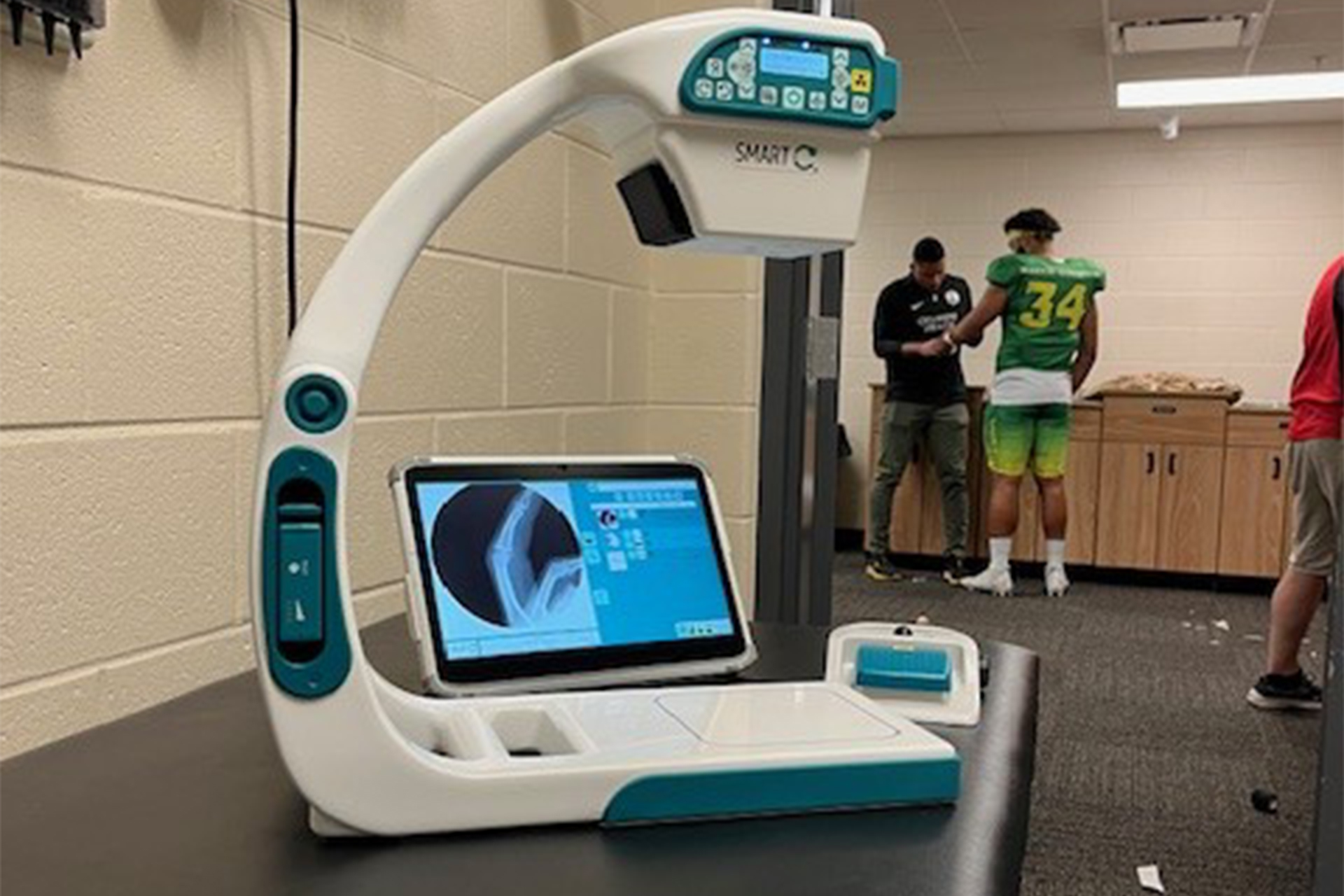
In sports medicine, the ability to quickly and accurately diagnose injuries is crucial for effective treatment and recovery. SMART-C® utilizes fluoroscopy to provide real-time imaging at the point-of-care, setting it apart from traditional X-ray systems that only provide static radiography.
This article delves into five common sports injuries, providing detailed clinical insights and explaining why the SMART-C® is the superior option for point-of-care imaging.
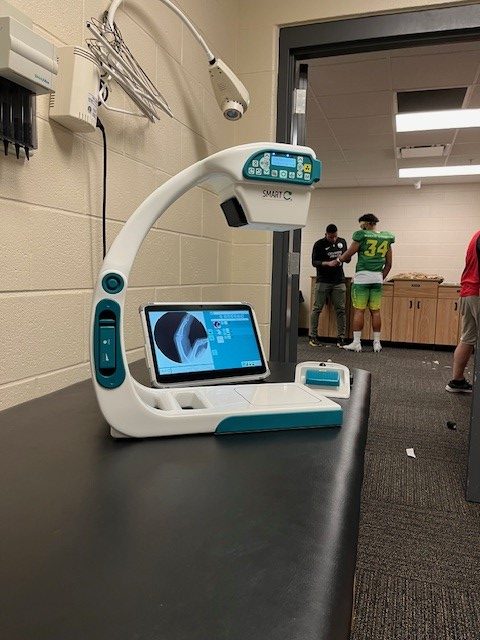 Injury Overview:
Injury Overview:
Bone fractures, often resulting from high-impact collisions, falls, or direct trauma, are common in contact sports. These fractures can be categorized into various types, including transverse, oblique, spiral, comminuted, and compound fractures.
Why SMART-C®?
The SMART-C’s fluoroscopic imaging delivers high-resolution, real-time visualization of fractures, which is essential for assessing their morphology, displacement, and involvement of adjacent structures. Unlike traditional x-ray systems that provide only a static image, the SMART-C® allows for a dynamic assessment, capturing images from multiple angles to provide a comprehensive view. For example, in a spiral fracture, the SMART-C can reveal many aspects of the fracture by assessing shortening, angulation, malrotation, and translation, aiding in precise reduction and surgical planning. The ability to have SMART-C® at the point-of-care for immediate on-site imaging reduces delays in diagnosis and treatment, which is critical for optimal patient-centric recovery.
Why is point-of-care optimal?
Performing X-rays at the point-of-care eliminates the need for transportation to a radiology department, reducing time to diagnosis and intervention. This is particularly important in acute sports injuries where timely management can prevent complications and promote faster recovery.
Injury Overview:
Dislocations, where bones in a joint are displaced, are common in high-contact sports, affecting the shoulder, elbow, and fingers. Accurate imaging is essential to evaluate the extent of dislocation and any associated fractures or osteochondral injuries.
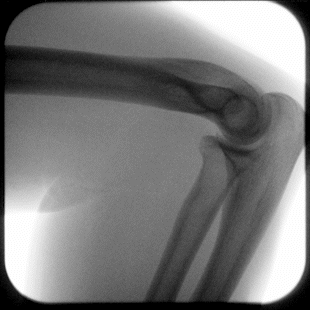
Why SMART-C®?
SMART-C® offers detailed fluoroscopic images that accurately depict the spatial relationship of dislocated bones and any associated fractures. Its portability allows for immediate, on-site imaging, which is crucial for prompt reduction procedures. With the SMART-C®, real-time imaging can guide the reduction process and confirm successful relocation, reducing pain and preventing further injury.
Why is point-of-care optimal?
Immediate imaging at the point-of-care enables swift reduction of dislocations, minimizing pain and the risk of neurovascular compromise. Rapid diagnosis and treatment reduce the likelihood of chronic joint instability and other complications.
Injury Overview:
Stress fractures, resulting from repetitive microtrauma and overuse, typically affect weight-bearing bones such as the tibia, metatarsals, and femur. Early detection is vital to prevent progression to complete fractures.
Why SMART-C®?
The SMART-C®’s fluoroscopic imaging is highly sensitive in detecting stress fractures. Traditional x-rays often miss these subtle changes due to their static nature. The SMART-C® provides dynamic, real-time imaging, allowing for a more detailed and comprehensive assessment. This capability enables early diagnosis and timely intervention, such as rest and activity modification, preventing further damage and facilitating quicker recovery.
Why is point-of-care optimal?
Point-of-care imaging enables immediate and early detection. Early detection allows for targeted activity modification as well as therapeutic and procedural interventions to prevent further damage and put the athlete on the best path to recovery. Rapid diagnosis and treatment reduce the likelihood of a chronic condition and associated atrophy.
Injury Overview:
Wrist and hand injuries, including fractures, ligament tears, and avulsions, are prevalent in sports involving falls and direct impacts. The complex anatomy of the wrist and hand requires high-resolution imaging for accurate diagnosis.
Why SMART-C®?
SMART-C® provides high-definition fluoroscopic images crucial for evaluating intricate fractures such as scaphoid or distal radius fractures. Unlike traditional x-rays that offer a single static view, the SMART-C’s ability to perform multiplanar imaging ensures a thorough assessment of fracture patterns and associated soft tissue injuries. For example, in scaphoid fractures, the super fine resolution (99-micron pixel size) of SMART-C® enables physicians to detect subtle fractures that traditional x-rays might miss, allowing for early and appropriate treatment to prevent non-union and other long-term complications.
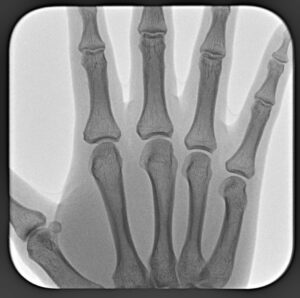
Additionally, fluoroscopic allows medical professionals to precisely guide needles to a targeted area. This accuracy is essential for delivering treatments such as corticosteroids, hyaluronic acid, or platelet-rich plasma directly to the injured tissues, ensuring optimal therapeutic outcomes and faster recovery times. The portability and ease of use of SMART-C makes particularly advantageous in sports medicine, enabling on-site diagnostic and therapeutic procedures during practices, home games, or even while traveling with the team.
Why is point-of-care optimal?
Immediate point-of-care imaging allows for quick diagnosis and management, essential for minimizing downtime and ensuring proper healing. Rapid diagnosis reduces the risk of complications such as non-union or avascular necrosis, common in wrist fractures.
Injury Overview:
Ankle injuries such as sprains, fractures, joint instability, and ligament tears are very common in sports, often resulting from twisting injuries or direct impact. Precise imaging is essential to determine the extent of the fracture and plan suitable treatment.
Why SMART-C®?
The SMART-C’s fluoroscopy provides dynamic, high-resolution images of the ankle joint, enabling detailed assessment of fracture lines, displacement, and joint congruency. Traditional x-ray systems provide static images, which can be limiting. The SMART-C’s portability ensures immediate on-site imaging, crucial for early intervention. In trimalleolar fractures, for example, the SMART-C can guide reduction and stabilization procedures, ensuring proper alignment and minimizing complications.
When paired with the weight-bearing stand, physicians can capture weight-bearing fluoroscopy. Weight-bearing fluoroscopy enables a more accurate evaluation of the ankle in motion and/or under stress, as well as joint alignment, stability, and the relationship between bones and soft tissues under natural load conditions. This can reveal issues not apparent in non-weight-bearing positions.
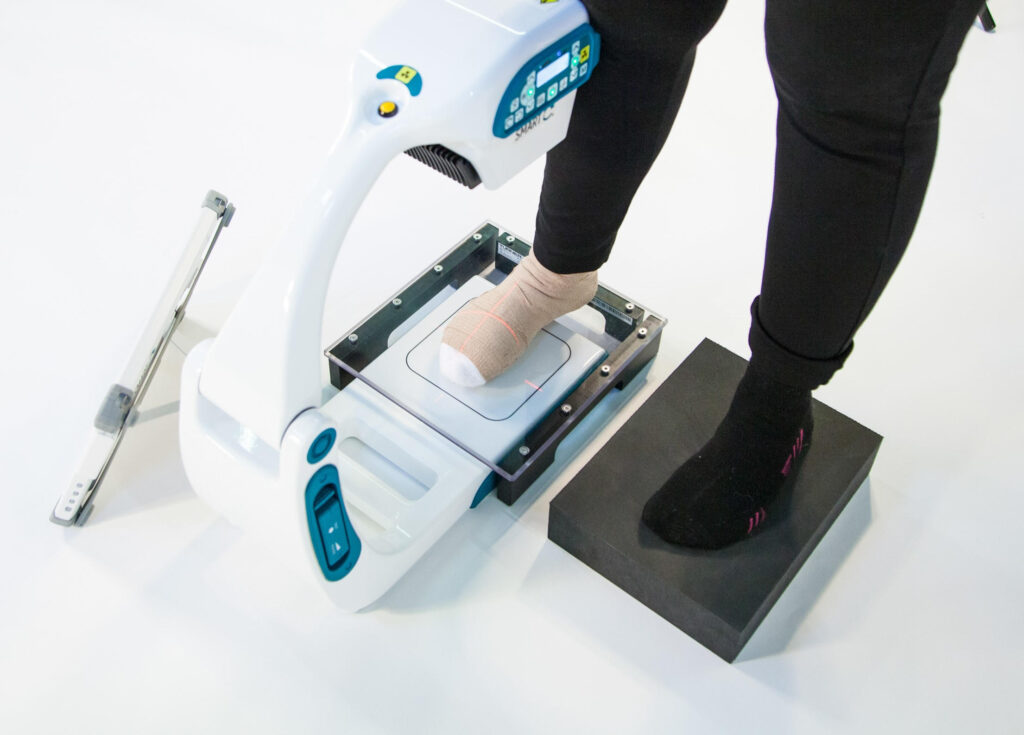
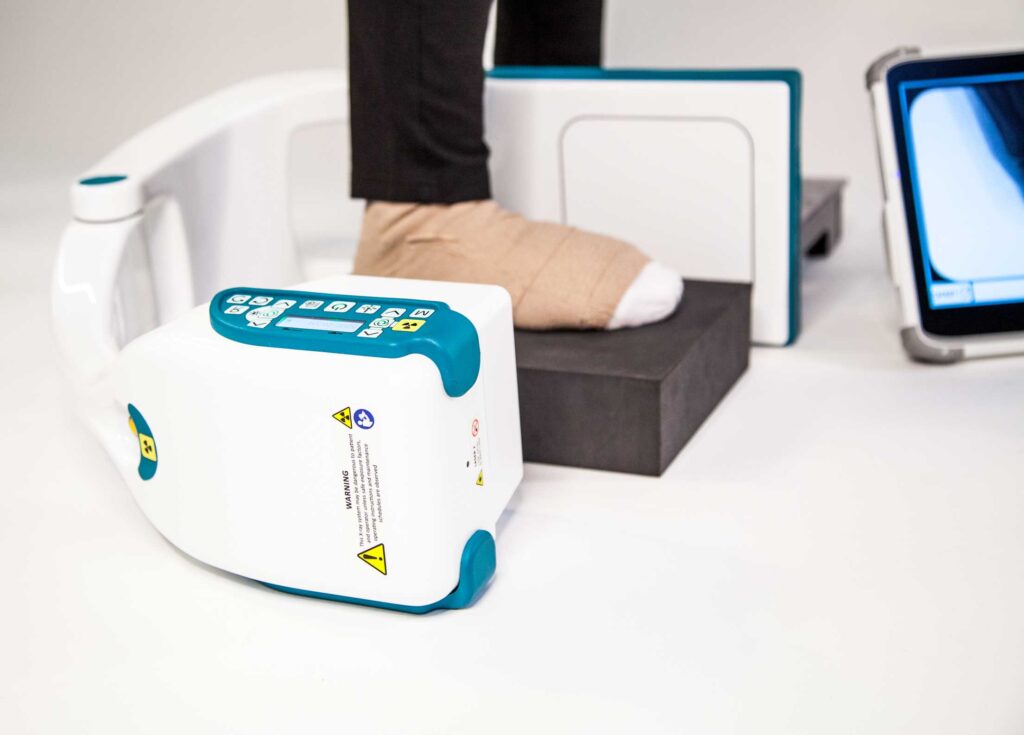
Why is point-of-care optimal?
Performing x-rays at the point-of-care enables immediate assessment and intervention, reducing the risk of improper alignment and secondary complications. Early and accurate imaging is essential for determining the appropriate course of treatment, whether surgical or conservative.
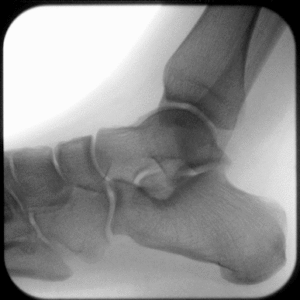 The SMART-C® revolutionizes sports medicine by offering immediate, high-quality fluoroscopic imaging essential for diagnosing and managing osseous injuries. Its portability, ease of use, and advanced imaging capabilities make it a superior option compared to traditional x-ray systems that provide only static radiography.
The SMART-C® revolutionizes sports medicine by offering immediate, high-quality fluoroscopic imaging essential for diagnosing and managing osseous injuries. Its portability, ease of use, and advanced imaging capabilities make it a superior option compared to traditional x-ray systems that provide only static radiography.
Whether physicians are using the SMART-C® and tablet at the point-of-care or mounted on the support stand in a medical room, they have the flexibility to acquire sharp motion images at the exact angle needed, to properly treat their athletes. By facilitating prompt and precise assessment of bone fractures, dislocations, stress fractures, wrist and hand injuries, and ankle fractures, the SMART-C® significantly enhances the management and recovery of sports-related injuries.

How Mobile Digital Radiography Is Transforming Healthcare Efficiency & ROI Modern healthcare is under increasing pressure to deliver faster diagnostics,

Paulick Report photo We’re proud to announce that SMART-C — the ultra-portable, battery-powered mini C-arm from Turner Imaging Systems
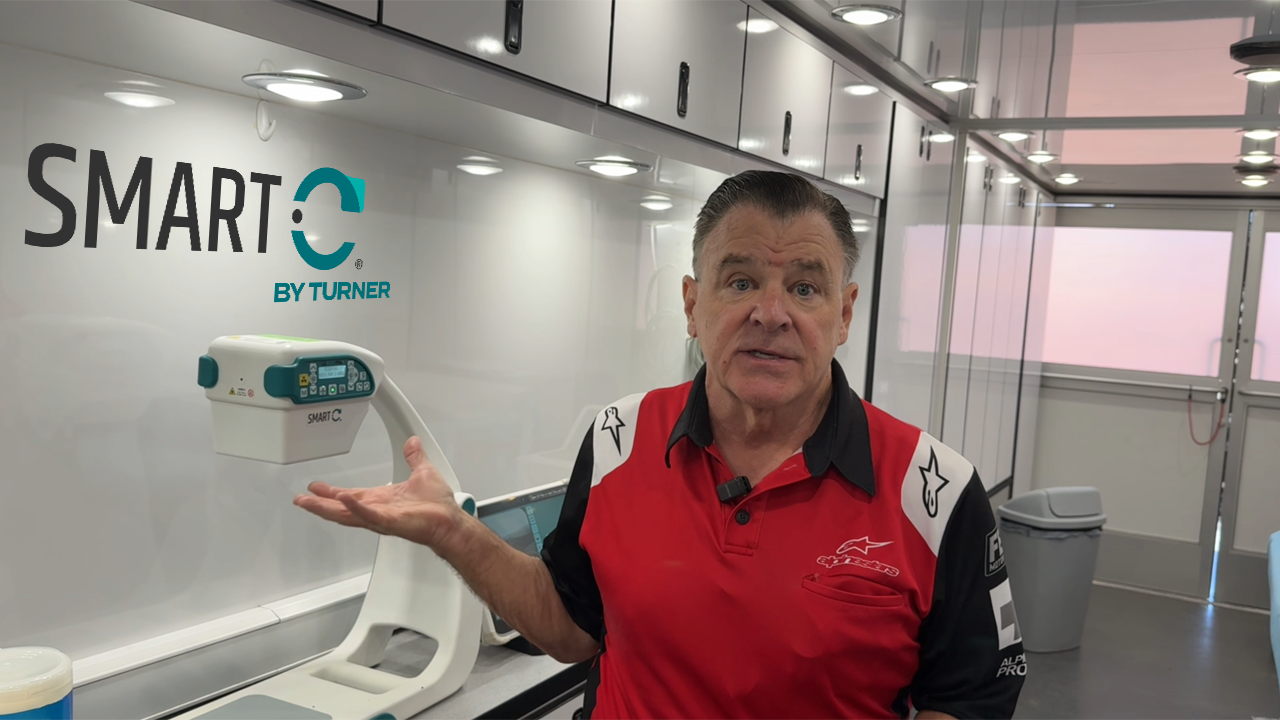
Every weekend, the world’s fastest motocross riders push the limits of speed, power, and precision. And right alongside them, the
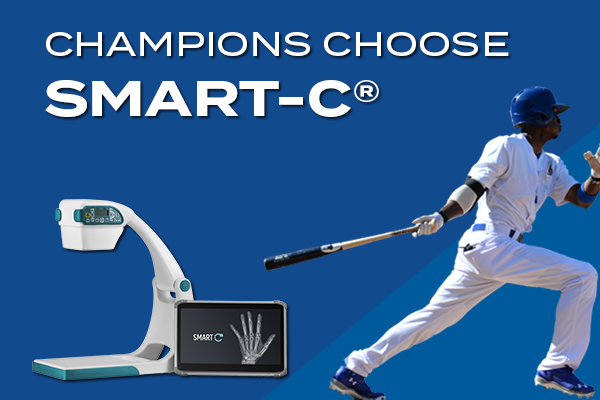
When the World Series spotlight shines brightest, every pitch, swing, and inning carries championship consequences. Behind the scenes, both teams